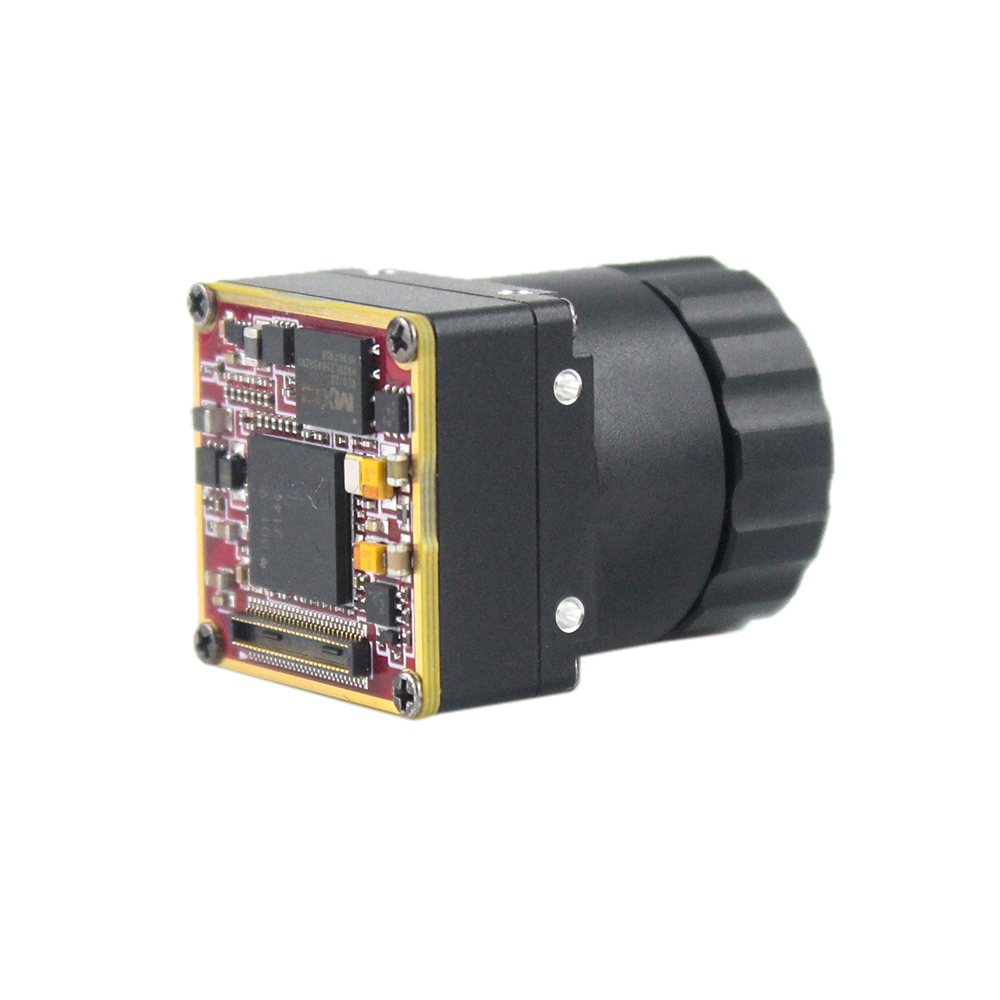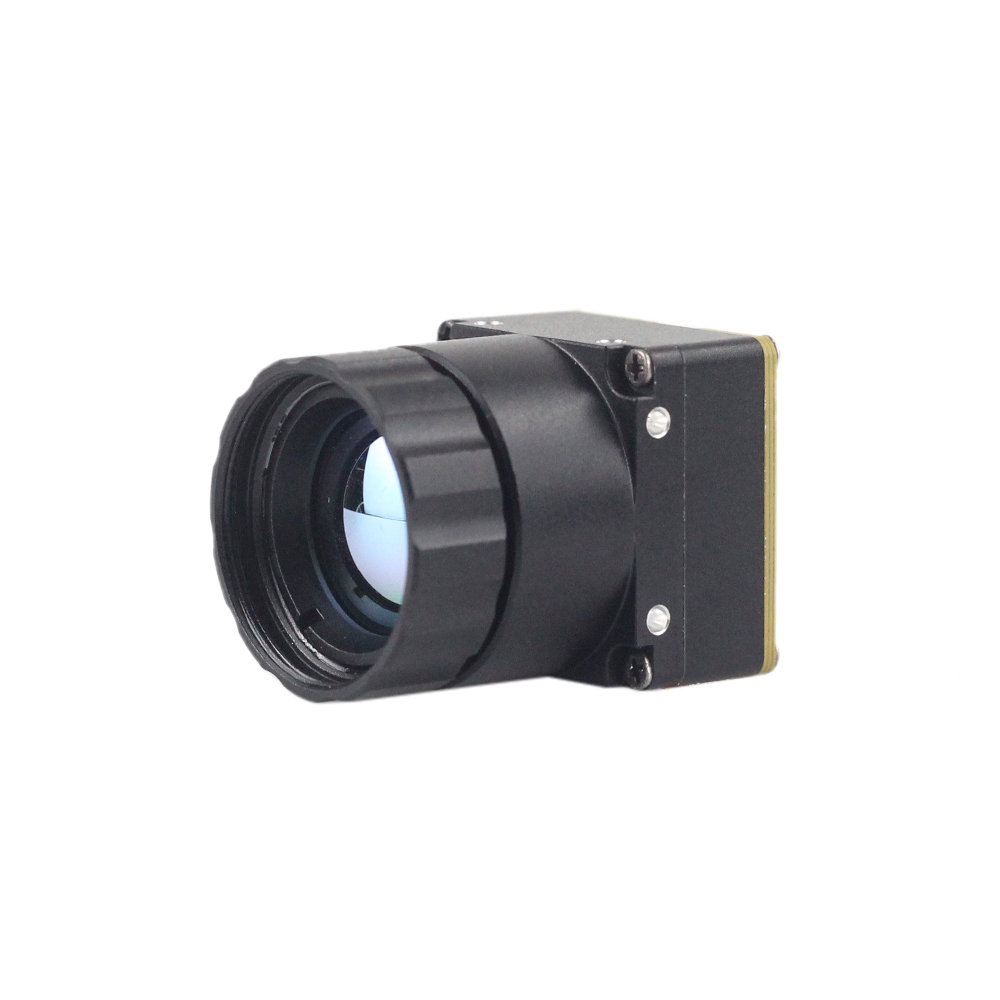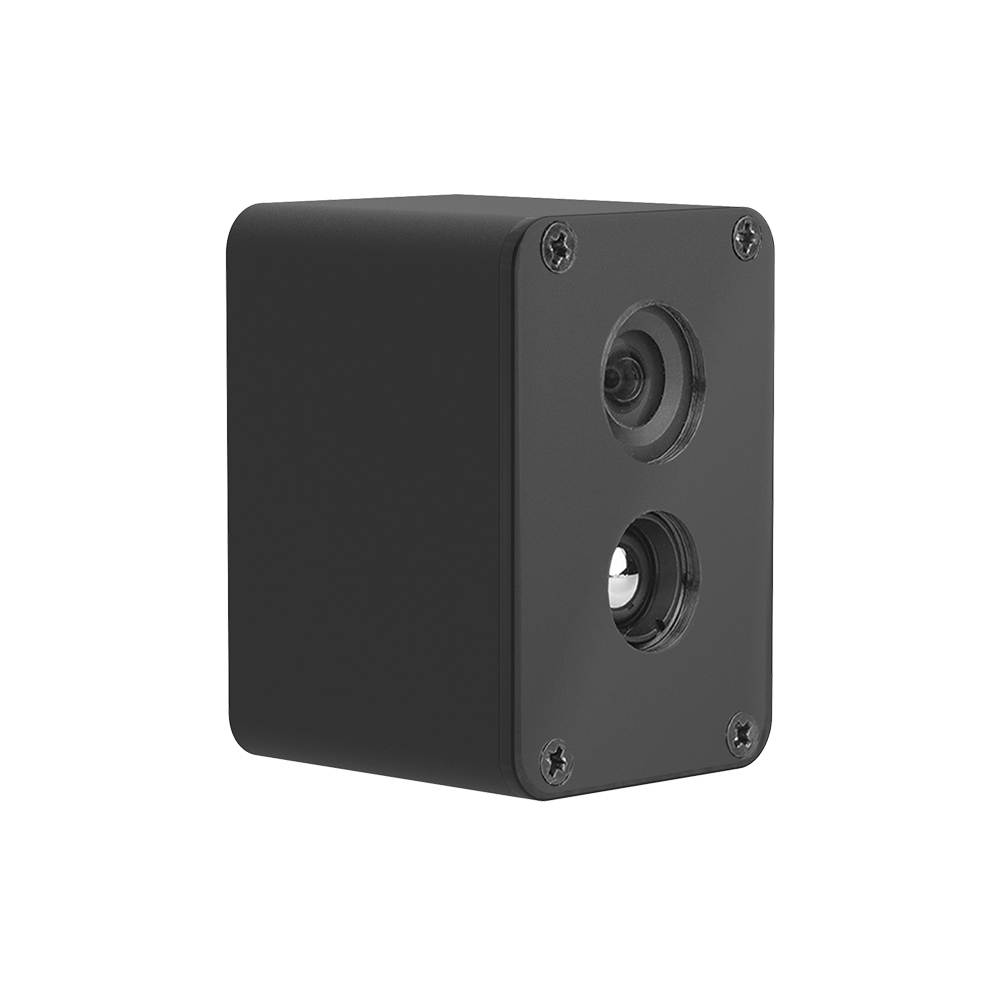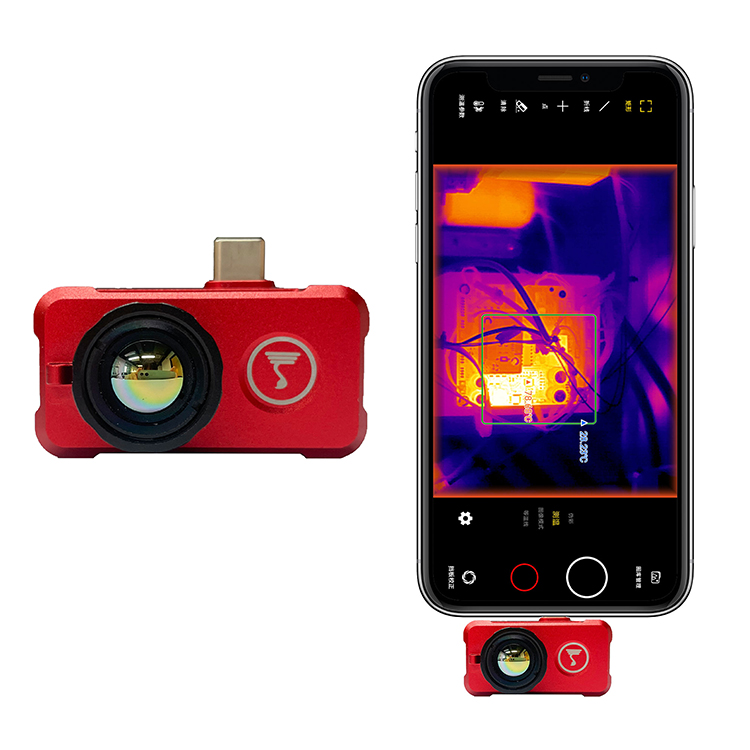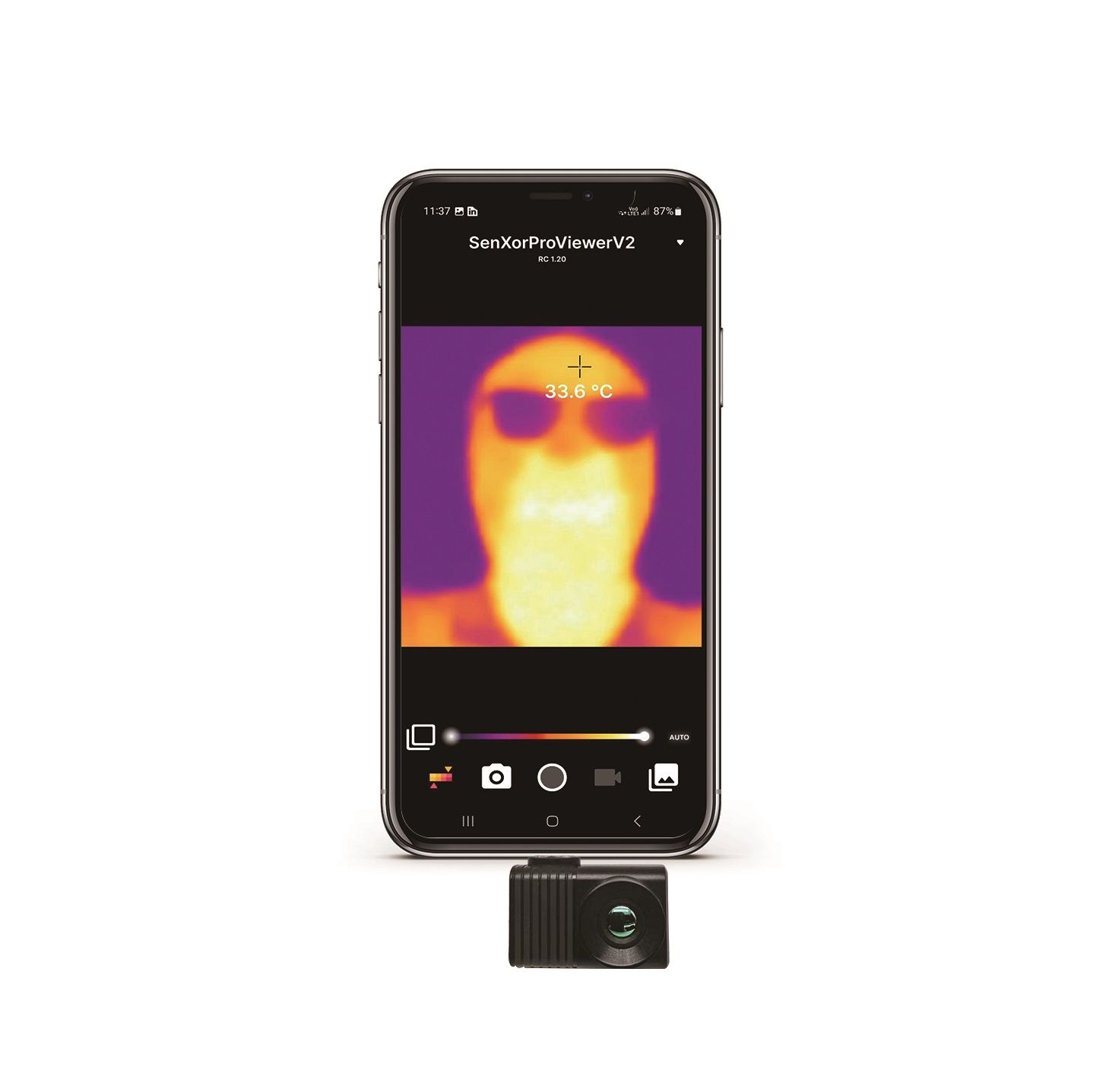How many functions does a thermal imaging product have?
2024年3月14日A Great Tool For Outdoor Exploration At Night
2024年3月14日The Difference Between Infrared Thermal Imaging & Night Vision Device
bymanager
onApril 20, 2023
What is the difference between thermal imaging and night vision devices? I believe many people mistakenly believe that infrared thermal imaging devices are night vision devices. So let’s learn the secrets of infrared thermal imaging and night vision devices together.
Firstly, we will analyze the technical principles.
Principles of Thermal Imager
Thermal imaging mainly collects thermal infrared bands (8 μ m-14 μ m) The light is used to detect the thermal radiation emitted by objects. Thermal imaging converts thermal radiation into grayscale values, which are then imaged using the differences in grayscale values of each object. After system processing, it is transformed into a thermal image of the target object, which is displayed in grayscale or pseudocolor to discover and recognize the target. A thermal imager is a detection device that detects infrared energy (heat) through non-contact detection and converts it into electrical signals, generating thermal images and temperature values on the display, and can calculate temperature values.
Principles of Night Vision Instrument
The night vision instrument collects the light (moonlight, starlight, or infrared light) present in the existing environment through the front end of the lens. Through this point, when electrons shoot from the end of the tube, they collide back and forth in the tube, and more and more electrons are excited. These electrons are accelerated by the voltage on the tube wall, and the electrons that collide with the geometric progression increase, so that the electrons emitted from the end of the tube gain very high gain, amplify or more points, and become visible light, from infrared light to visible light, and then realize the low light observation without infrared illumination.
Then, summarize – compare – analyze
The advantage of thermal imaging is that it can clearly display targets with large temperature differences, and can be seen from afar. It can also be used in completely black environments, and can penetrate smoke. Strong light has no impact on thermal imaging.
The disadvantage of night vision devices is that they cannot see far and require supplementary light in a completely dark environment, making them unable to recognize camouflage.
Thermal Imaging Rendering

Night Vision Instrument Renderings

Finally, physical testing:
Feedback on test results:
- In completely dark dense forests, using a night vision system can clearly see objects such as leaves, but objects obstructed by tree trunks cannot be seen. On the contrary, using a thermal imager can immediately detect objects of different temperatures, and objects hidden in dense forests can be easily detected.
- The images displayed by the laser night vision instrument can distinguish people and targets; The image displayed by the infrared thermal imager can only clearly see the contour of the person’s target.
- The target range monitored by the laser night vision instrument is small; The target range monitored by the infrared thermal imager is large.
- Laser night vision devices cannot penetrate fog at night, which has a significant impact on their effectiveness; Infrared thermal imagers can penetrate dust, smoke, etc., with minimal impact on the effect.


After comparing the two types of products, each has its own advantages and disadvantages. Digital night vision devices are more effective in criminal investigation and evidence collection, while thermal imaging devices are more suitable for outdoor hunting and other aspects.


